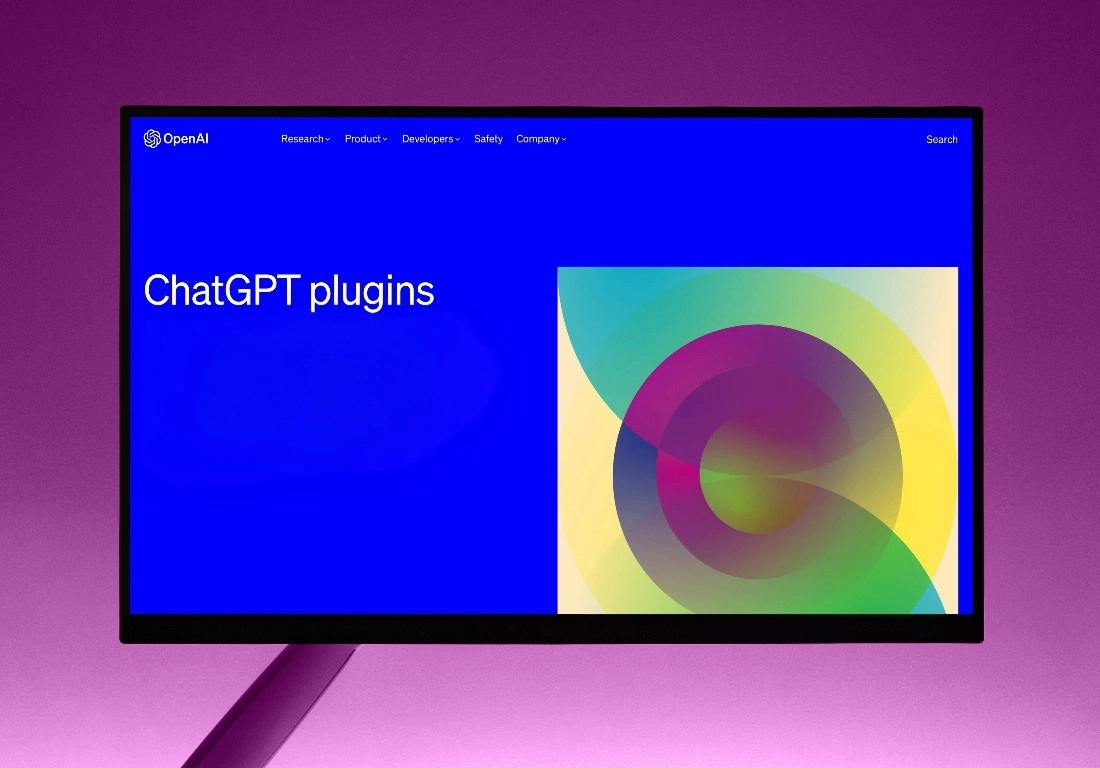
We’ve recently covered the free generative AI tools that Google has launched for advertisers. However, small businesses use AI tools all the time to smoothen up their business processes. That is what we’ll cover in this blog.
Small business owners are constantly on the lookout for free tools that will automate much of their operations while costing little to nothing.

ChatGPT is the best example of this, hands down! It has completely changed the way we look at and treat written content. From emails to blogs (including this one; wink!) ChatGPT assists in writing everything and has changed the future of this domain.
Similarly, in this listicle, we will list down some of the best free generative AI tools that will automate and fasten your business operations, while costing you NOTHING!
What Is Generative AI?
Generative AI refers to a type of artificial intelligence that can create new content, such as images, text, or music, on its own. It’s like having a digital artist or writer on your computer! Instead of just following pre-programmed instructions, generative AI uses complex algorithms to understand patterns in existing data and then generates new content that resembles it.
For example, if you feed a generative AI a bunch of cat images, it can learn the features common to cats and generate new images that look like cats, even though they’ve never been seen before. This ability is incredibly useful in fields like art, design, and content creation, where generating new and creative ideas is important.
Generative AI works by using neural networks, which are computer systems inspired by the human brain. These networks consist of layers of interconnected nodes that process information and learn from it. Through a process called training, the AI adjusts its internal parameters until it can accurately generate new content.
Overall, generative AI has the potential to revolutionize many industries by automating creative tasks and providing endless inspiration for innovation.
Why Is It Important?
Generative AI is really important because it does a lot of cool stuff. It helps with creative tasks like making art and music. It makes things happen faster, which is great for everyone.
With generative AI, you can make things that are just right for you, like personalized content. It saves time by automating tasks that used to take a long time. It’s like having a helper that works super fast. This technology lets you try out lots of ideas quickly. It makes being creative easier for everyone.
Plus, it gives you more options for making art and designs. And it helps you get things done faster, which is awesome. Generative AI is like having a magic tool that makes everything better.
That’s why it’s so important for businesses and people alike.
What Business Problems Can Free Generative AI Tools Solve?
Free generative AI tools offer a range of solutions to various business problems, providing valuable assistance across different sectors.
Here’s a comprehensive breakdown of the business problems these tools can address:
Content Creation:
– Text Generation: Free generative AI tools can create written content for marketing materials, social media posts, and blog articles.
– Image Generation: They can produce images for website banners, product thumbnails, and social media graphics.
– Video Generation: Some advanced tools can even generate short videos for promotional purposes.
Design and Creativity:
– Logo Design: Generative AI tools can assist in generating logo concepts based on provided criteria.
– Artistic Creations: They can create digital artwork for branding, advertising, or decorative purposes.
– UI/UX Prototyping: These tools can help in designing user interfaces and user experiences through quick prototyping.
Data Analysis:
– Data Visualization: Generative AI tools can transform complex datasets into easy-to-understand visual representations, aiding in data analysis and decision-making.
– Pattern Recognition: They can identify patterns within large datasets, providing insights for marketing strategies, customer behavior analysis, and more.
Automation:
– Workflow Automation: Generative AI tools can automate repetitive tasks such as data entry, report generation, and email responses, freeing up time for employees to focus on more strategic activities.
– Content Generation: They can automatically generate content for social media scheduling, blog publishing, and email newsletters, maintaining a consistent online presence.
Problem-solving:
– Creative Problem-solving: These tools can assist in brainstorming sessions by generating ideas and solutions for various business challenges.
– Product Innovation: Generative AI can aid in product development by generating design variations and concepts, fostering innovation and creativity.
Cost Reduction:
– Resource Optimization: By automating tasks and streamlining processes, free generative AI tools can help reduce labor costs and improve operational efficiency.
– Elimination of Licensing Fees: Since these tools are free to use, businesses can save on software licensing fees, contributing to cost savings.
Overall, free generative AI tools present a versatile solution for businesses, offering assistance in content creation, design, data analysis, personalization, automation, problem-solving, and cost reduction.
Integrating these tools into workflows can enhance productivity, creativity, and competitiveness in today’s dynamic business landscape. The free generative AI tools that we’ve mentioned below solve all the business problems that we’ve mentioned above. The best part is that they’re all free to use!
Let’s get started!
Top 10 FREE Generative AI Tools
1. OpenAI ChatGPT (and GPT-4)
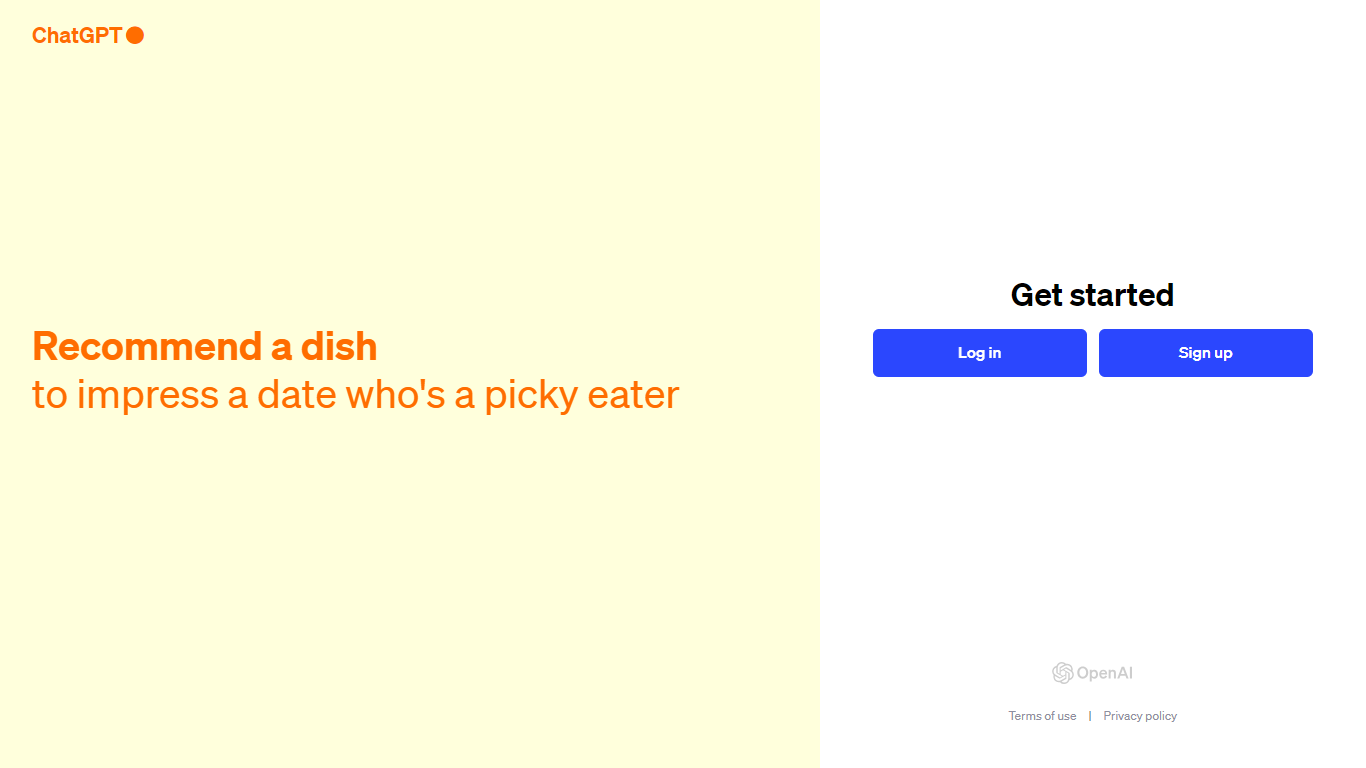
ChatGPT by OpenAI
We have coupled GPT-4 with ChatGPT because the latter is more popular with more users, while the former is the obvious choice for a better tool. However, when you look at ChatGPT in itself, you’ll notice that there is no other tool like it! Google Bard comes close, but let’s face it, it’s no ChatGPT!
ChatGPT from OpenAI is widely used, offering regular users free access to basic AI content creation. They’ve also introduced ChatGPT Plus, a premium subscription for users needing more processing power and early access to new features.
GPT-4 is OpenAI’s latest Large Language Model, succeeding GPT-3 and GPT-3.5. It’s promoted as more inventive, accurate, safer, and stable than its predecessors.
Key Features of ChatGPT:
- Understands natural language
- Keeps track of conversations
- Engages in open-ended chats
- Writes fluently
- Answers questions
- Creates creatively
- Translates languages
- Offers text completion and suggestions
- Personalizes interactions
Key Features of GPT-4:
- All features of ChatGPT
- GPT-4 has 100 trillion parameters
- Improved factual accuracy
- Can process image inputs
- Supports multiple languages
- Performs exceptionally well on various benchmarks
- Achieves human-level performance on several benchmarks
Pros & Cons:
Pros:
- Consistently saves time
- Cost-effective and scalable
- Provides natural and accurate responses
Cons:
- May give incorrect answers
- Could exhibit bias
- Can’t access data or events post-September 2021 (as of now)
Pricing:
- Free version available
- Prompt: $0.03 per 1,000 tokens
- Completion: $0.06 per 1,000 tokens
- Paid membership: $20/month
2. DALL-E 3
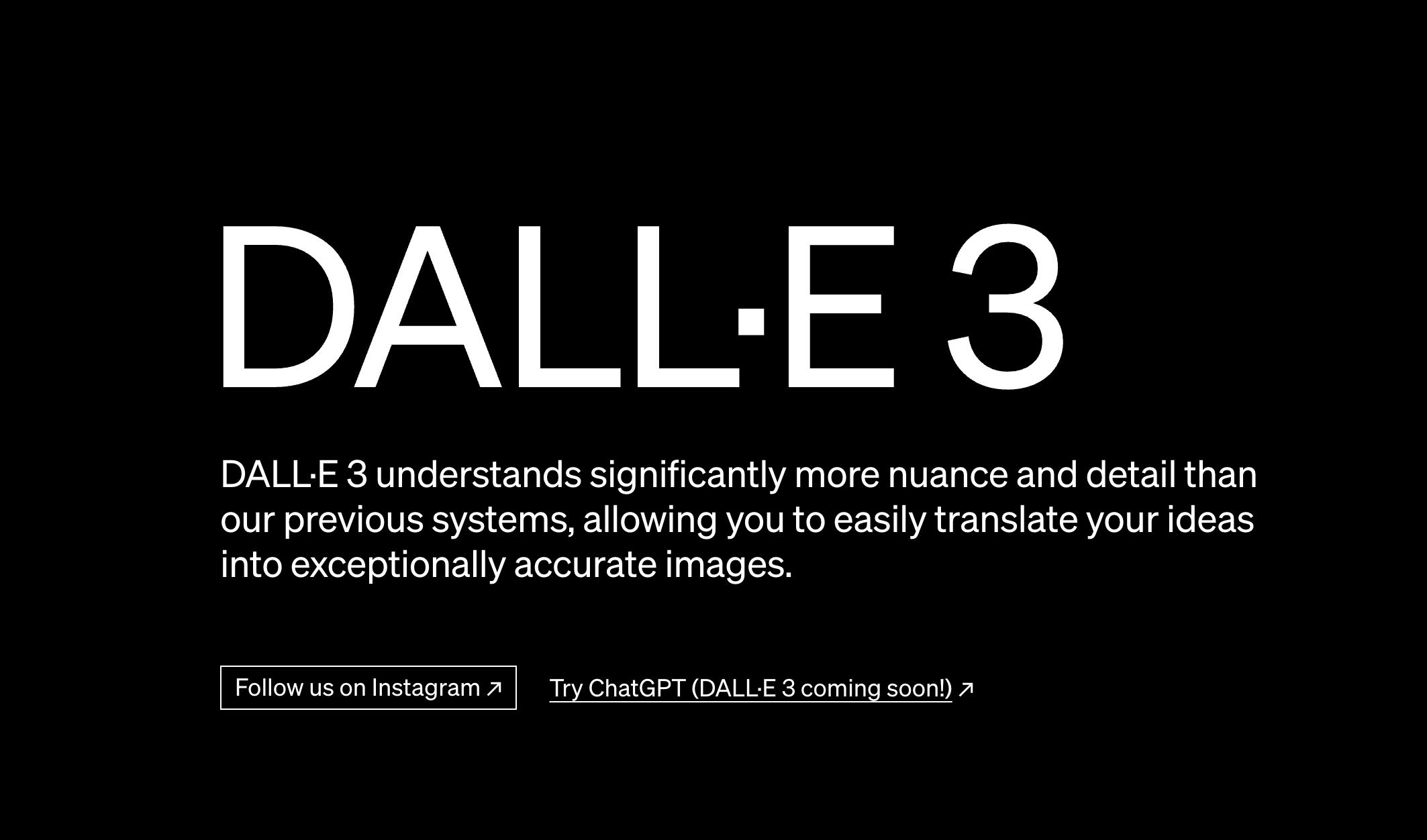
DALL-E 3 Logo
DALL-E 3, the latest version of OpenAI’s image and art generation tool, is among the top choices in the world of generative AI.
DALL-E 3 is an improved version compared to its predecessor, DALL-E, as it produces more realistic images. It also better understands user requests and has been trained to avoid creating inappropriate content. This is one of the best free generative AI tools for images we have right now.
Key Features:
- It learns gradually as it’s used more.
- You can describe what you want in simple language, and it’ll create images accordingly.
- It can generate multiple variations of the same image.
- You can use the inpainting tool to edit or enhance existing images.
- If you want changes to an image, you can request them using the inpainting feature.
- There’s an API available for developers who want to integrate DALL-E into their projects.
Pros & Cons:
Pros:
- It’s great for creating realistic images.
- It’s designed to avoid generating inappropriate content.
Cons:
- It’s a bit pricey.
- It’s not as creative as humans.
Pricing:
- You can get 115 credits for $15.
3. AlphaCode
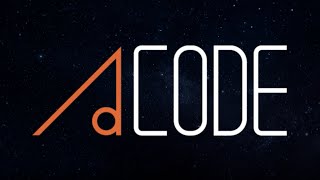
AlphaCode Logo
AlphaCode, the transformer-based language model is pretty complex compared to others like OpenAI Codex, boasting 41.4 billion parameters. AlphaCode offers training in various programming languages such as C#, Ruby, Scala, Java, JavaScript, PHP, Go, and Rust, but it’s especially good at Python and C++.
Key Features:
- Smart filtering after creating lots of code.
- Uses a transformer-based language model.
- You can find datasets and solutions on GitHub.
- Supports programming in Python, C++, and other languages.
- Access to about 13,000 example tasks for training.
Pros & Cons:
Pros:
- Can generate code on a large scale.
- Makes smart decisions based on experience.
Cons:
- Learning depends on the user.
- Mistakes can happen.
Pricing:
- It’s a free tool.
4. Cohere

Cohere Logo
Cohere is an AI company that helps businesses run smoother using AI technology. Their product, Cohere Generate, creates tailored content for emails, landing pages, product descriptions, and more.
Cohere is a big Canadian tech company that’s all about AI for businesses, especially big language models. It hit big, especially after it collaborated with McKinsey back in July 2023. These models are made to help companies create strong and safe apps that understand text and have conversations.
Key Features:
- Generates content for marketing and sales purposes.
- Offers a limited free version.
- Creates ad and blog copy, as well as product descriptions.
- Compatible with various cloud environments.
Pros & Cons:
Pros:
- User-friendly interface for client communication.
- Provides valuable insights into user behavior.
Cons:
- Occasional session interruptions.
- Some bugs, like difficulties with calls.
Pricing:
- Free for learning and testing.
- Production plans:
- Default: $0.4 per 1 million tokens.
- Custom: $0.8 per 1 million tokens.
5. Github Copilot
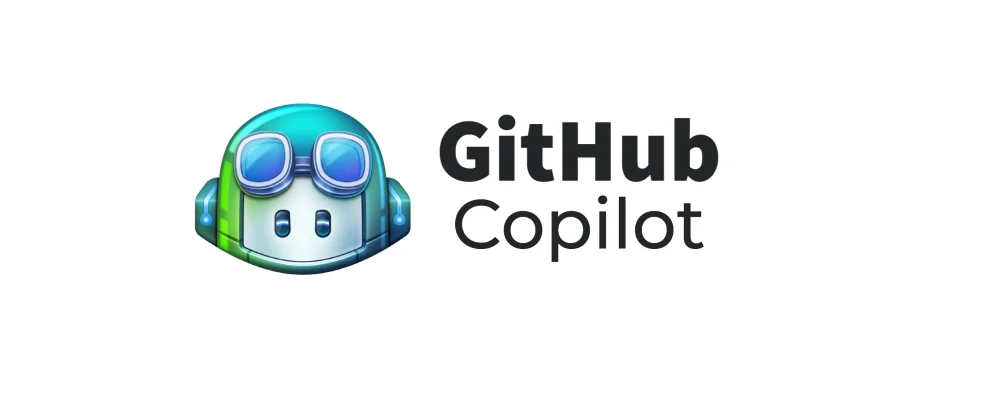
GitHub Copilot Logo
GitHub Copilot, one of the fastest-growing free generative AI tools, developed through a collaboration between GitHub and OpenAI, introduces Copilot, an AI tool for suggesting code.
Key Features:
- Smart Code Recommendations
- Compatibility with Multiple Programming Languages
- Learning from Public Code Repositories
- Automatic Completion for Documentation and Comments
- Seamless Integration with Development Environments
- Quick Prototyping and Experimentation
- Contextually Relevant Suggestions
- Ability for Team Coding Efforts
- Flexibility for Customization and Adjustment
- Continuous Learning and Enhancement
Pros & Cons:
Pros:
- Boosts developers’ efficiency and effectiveness.
- Offers support for a variety of programming languages.
Cons:
- The quality and security of generated code may fluctuate.
- Dependency on autocomplete may lead to potential drawbacks.
Pricing:
- Monthly Subscription: $10/month
- Annual Subscription: $100 per year
6. Google Bard
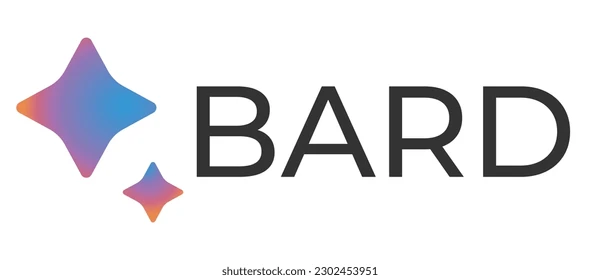
Google Bard Logo
Bard is a chatbot and content creation tool made by Google. It’s like Google’s version of ChatGPT and is still being tested out. Right now, only some people in the US and UK can try all of its features. One of the most popular free generative AI tools online right now!
Key Features:
- It’s based on LaMDA, a fancy model.
- Only a small group of folks in the US and UK can try it out.
- It rates how good your responses are.
- You can use it with your personal Google account.
- It helps with software stuff and coding.
Pros & Cons:
Advantages:
- It’s made with ethics and transparency in mind.
- Lots of people have already tried it out.
Disadvantages:
- It doesn’t save past conversations like ChatGPT does.
- You can’t access it through a regular Google account.
Pricing:
- It’s free, but only certain people can use it.
7. Sythesia
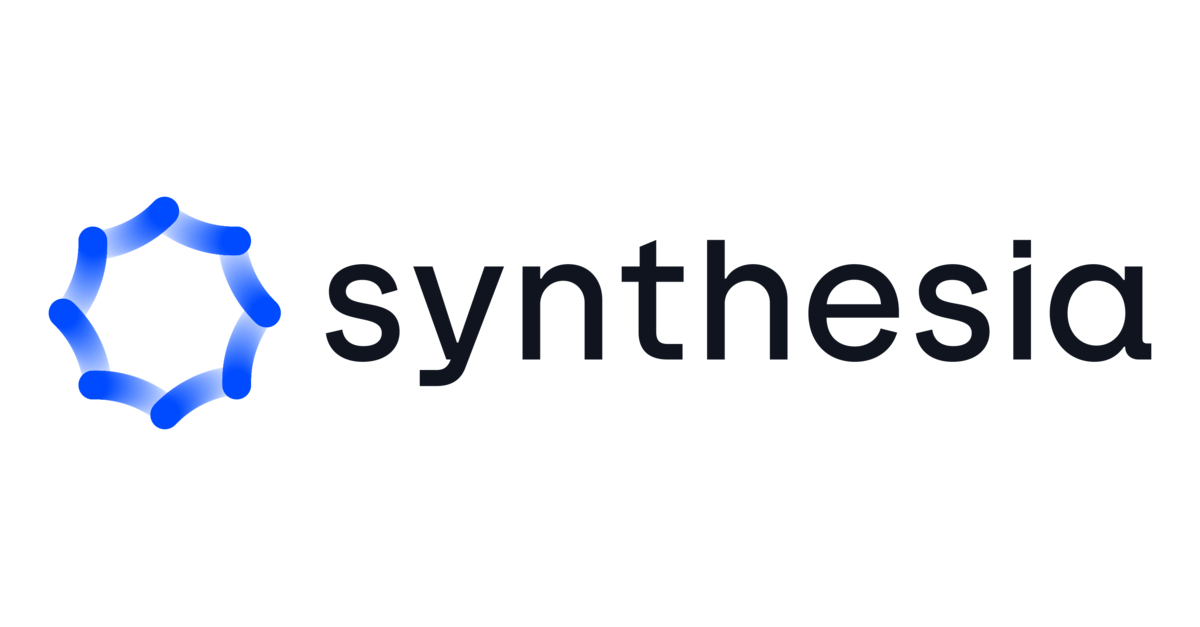
Synthesia – Free Generative AI Tool for Videos
Synthesia is a platform from London, UK, that creates videos using AI. Big companies like Amazon, Tiffany & Co., and IHG Hotels & Resorts use it. Started in 2017 by a group of AI experts and business people, Synthesia’s goal is to help people make videos without needing cameras, mics, or studios.
It’s all about using AI to change how we make content and encourage creativity. The team behind Synthesia is excited about how free generative AI tools can make videos.
Key Features:
- Content Management: Helps organize video content.
- Personalized Onboarding: Tailors the setup process for each user.
- Text Analysis: Analyzes text to create video scripts.
- Single Sign On: Simplifies login with one account.
- Enterprise-level scalability: Works for big businesses.
- Text Editing: Let you change the text in videos.
- Compliant with SOC 2 and GDPR: Meets data security and privacy standards.
Pros & Cons:
Pros:
- High-quality avatars: Avatars look realistic and have different facial expressions.
- Lifelike videos: The videos made by Synthesia look very real.
Cons:
- Limited customization: Not many options to change how videos look.
- Few gestures for avatars: Avatars don’t have a wide range of movements.
Pricing:
- Personal: Costs ₹1499.92 per month if paid annually or $30 per month if paid monthly.
- Enterprise: Price depends on how many people will use it.
Summing Up: Which Free Generative Tools Will You Use?
In conclusion, free generative AI tools hold immense potential for businesses of all sizes, offering innovative solutions to streamline operations and foster creativity. From content creation to design, data analysis, and automation, these tools address a wide range of business challenges.
By integrating these tools into workflows, businesses can enhance productivity, reduce costs, and stay competitive in today’s dynamic landscape. The diverse range of features and capabilities provided by these tools demonstrates their versatility and value in driving business success.
As businesses continue to harness the power of free generative AI tools, we can expect to see further advancements and transformative impacts across industries.
People Also Read:
ChatGPT Alternatives: 6 Best AI Marketing Tools In 2024
Top 10 AI Tools For Business Productivity.
What Is The Future Of Generative AI?
Generative AI vs Traditional AI: A 2024 Analysis




